
Patricia Highsmith was an American novelist and short story writer widely known for her psychological thrillers, including her series of five novels featuring the character Tom Ripley. She wrote 22 novels and numerous short stories in a career spanning nearly five decades, and her work has led to more than two dozen film adaptations. Her writing was influenced by existentialist literature, and questioned notions of identity and popular morality. She was dubbed "the poet of apprehension" by novelist Graham Greene.

Crime fiction, detective story, murder mystery, crime novel, mystery novel, and police novel are terms used to describe narratives that centre on criminal acts and especially on the investigation, either by an amateur or a professional detective, of a crime, often a murder. Most crime drama focuses on criminal investigation and does not feature the courtroom. Suspense and mystery are key elements that are nearly ubiquitous to the genre.

The Talented Mr. Ripley is a 1999 American psychological thriller film written and directed by Anthony Minghella, based on Patricia Highsmith's 1955 novel. Set in the 1950s, it stars Matt Damon as Tom Ripley, a con artist who is sent from New York City to Italy to convince Dickie Greenleaf, a rich and spoiled playboy, to return home – however, after failing, Ripley takes extreme measures. Jude Law, Gwyneth Paltrow, Cate Blanchett, and Philip Seymour Hoffman also appear in supporting roles. This film was released forty years after the adaptation that had been made in 1960, Purple Noon by René Clément with Alain Delon, Maurice Ronet and Marie Laforêt.

Tom Ripley is a fictional character in the Ripley series of crime novels by American novelist Patricia Highsmith, as well as several film adaptations. He is a psychopathic career criminal, con artist, and serial killer. The five novels in which he appears—The Talented Mr. Ripley, Ripley Under Ground, Ripley's Game, The Boy Who Followed Ripley, and Ripley Under Water—were published between 1955 and 1991.
Adrian Lyne is an English film director. Lyne is known for sexually charged narratives, conflicting passions, the power of seduction, moral ambiguity, betrayal, and the indelibility of infidelity.
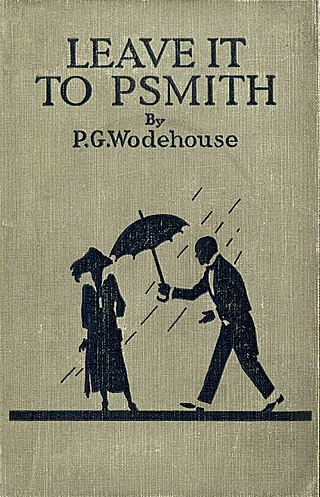
Leave It to Psmith is a comic novel by English author P. G. Wodehouse, first published in the United Kingdom on 30 November 1923 by Herbert Jenkins, London, England, and in the United States on 14 March 1924 by George H. Doran, New York. It had previously been serialised, in the Saturday Evening Post in the US between 3 February and 24 March 1923, and in the Grand Magazine in the UK between April and December that year; the ending of this magazine version was rewritten for the book form.
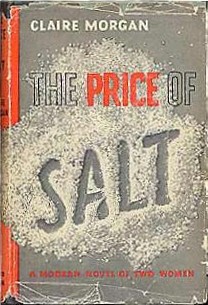
The Price of Salt is a 1952 romance novel by Patricia Highsmith, first published under the pseudonym "Claire Morgan." Highsmith—known as a suspense writer based on her psychological thriller Strangers on a Train—used an alias as she did not want to be tagged as "a lesbian-book writer", and she also used her own life references for characters and occurrences in the story.

Full Moon is a novel by P. G. Wodehouse, first published in the United States by Doubleday & Company on 22 May 1947, and in the United Kingdom by Herbert Jenkins on 17 October 1947. It is the sixth full-length novel to be set at the beautiful but trouble-ridden Blandings Castle, home of Lord Emsworth.

The Talented Mr. Ripley is a 1955 psychological thriller novel by Patricia Highsmith. The novel introduced the character of con man Tom Ripley, whom Highsmith wrote about in four subsequent books. Its numerous film and television adaptations include Purple Noon (1960), starring Alain Delon, The Talented Mr. Ripley (1999), starring Matt Damon, and the 2024 series Ripley, starring Andrew Scott.

The Blunderer is a psychological thriller by Patricia Highsmith, first published in 1954 by Coward-McCann. It was third of her 22 novels, the second published under her own name.

Tracks is a novel by Louise Erdrich, published in 1988. It is the third in a tetralogy of novels beginning with Love Medicine that explores the interrelated lives of four Anishinaabe families living on an Indian reservation near the fictional town of Argus, North Dakota. Within the saga, Tracks is earliest chronologically, providing the back-story of several characters such as Lulu Lamartine and Marie Kashpaw who become prominent in the other novels. As in many of her other novels, Erdrich employs the use of multiple first-person narratives to relate the events of the plot, alternating between Nanapush, a tribal patriarch, and Pauline, a young girl of mixed heritage.

The Cry of the Owl is a psychological thriller novel by Patricia Highsmith, the eighth of her 22 novels. It was first published in the US in 1962 by Harper & Row and in the UK by Heinemann the following year. It explores, in the phrase of critic Brigid Brophy, "the psychology of the self-selected victim".

The Glass Cell (1964) is a psychological thriller novel by Patricia Highsmith. It was the tenth of her 22 novels. It addresses the psychological and physical impact of wrongful imprisonment. It appeared in both the UK and the US in 1964. When first published, the book jacket carried a warning that its opening scene is "almost unacceptable".
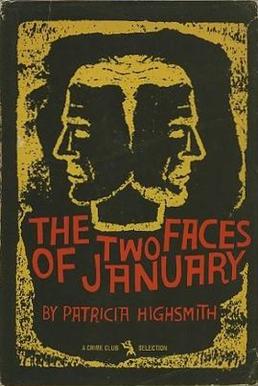
The Two Faces of January (1964) is a psychological thriller novel by Patricia Highsmith. Its title alludes to the two faces of the Roman god Janus, after whom the month of January was named. Biographer Andrew Wilson, in his 2003 publication Beautiful Shadow: A Life of Patricia Highsmith claims the title is 'appropriate for the janus-faced, flux-like nature of her protagonists'.

A Suspension of Mercy (1965) is a psychological thriller novel by Patricia Highsmith. It was published in the US under the title The Story-Teller later the same year by Doubleday. It was the eleventh of her 22 novels.

Edith's Diary (1977) is a psychological thriller novel by Patricia Highsmith, the seventeenth of her 22 novels. It was first published in the UK by Heinemann. One critic described it as "a relentless dissection of an unexceptional life that burns itself out from a lack of love and happiness".
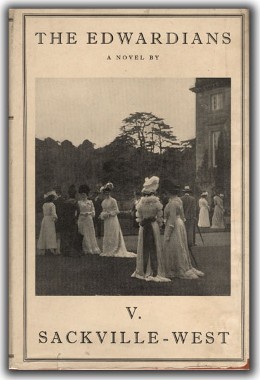
The Edwardians (1930) is one of Vita Sackville-West's later novels and a clear critique of the Edwardian aristocratic society as well as a reflection of her own childhood experiences. It belongs to the genre of the Bildungsroman and describes the development of the main character Sebastian within his social world, in this case the aristocracy of the early 20th century.
“I ... try to remember the smell of the bus that used to meet one at the station in 1908. The rumble of its rubberless tyres. The impression of waste and extravagance which assailed one the moment one entered the doors of the house. The crowds of servants; people’s names in little slits on their bedroom doors; sleepy maids waiting about after dinner in the passages. I find that these things are a great deal more vivid to me than many things which have occurred since, but will they convey anything whatever to anyone else? Still I peg on, and hope one day to see it all under the imprint of the Hogarth Press, in stacks in the bookshops.”
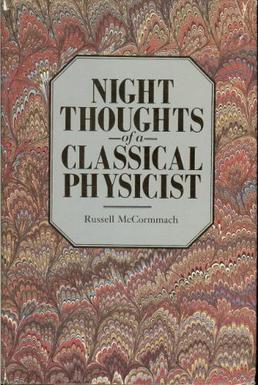
Night Thoughts of a Classical Physicist is a historical novel by historian of science Russell McCormmach, published in 1982 by Harvard University Press. Set in 1918, the book explores the world of physics in the early 20th century—including the advent of modern physics and the role of physicists in World War I—through the recollections of the fictional Viktor Jakob. Jakob is an old German physicist who spent most of his career during the period of classical physics, a paradigm being confronted by the rapid and radical developments of relativistic physics in 1900s and 1910s. This conflict allows for extensive examination of the various tensions placed on Jakob by the academic environment, the German academic system, and the changing academic culture of the early 20th century.
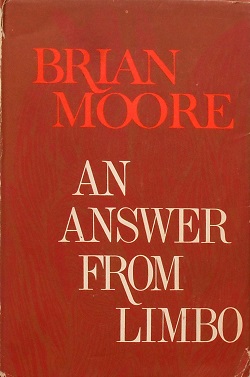
An Answer from Limbo is a novel by Northern Irish-Canadian writer Brian Moore, published in October 1962. It was written between November 1960 and early 1962, when Moore was living in New York.

People Who Knock on the Door (1983) is a novel by Patricia Highsmith. It was the nineteenth of her 22 novels.


















